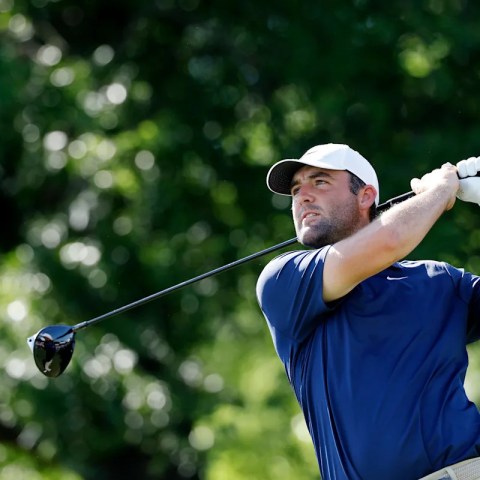Just 48 hours after the Washington Huskies lost to Michigan in the 2024 College Football Playoff National Championship, things got chaotic. The team’s standout offensive line, which had just won the prestigious Joe Moore Award for being the best in college football, became the target of rampant recruitment.
Every offensive lineman on the team was approached by various teams, especially when it became clear that head coach Kalen DeBoer might be leaving for Alabama. Out of the ten offensive linemen on the depth chart during the title game, only two remained after a series of departures. Tackles Troy Fautanu and Roger Rosengarten went to the draft, while center Parker Brailsford followed DeBoer to Alabama. Guards Julius Buelow and Nate Kalepo transferred to Ole Miss, leaving Washington’s roster drastically changed.
Washington’s new coach, Jedd Fisch, had to rely on three transfers to fill five spots on the offensive line, and the results were troubling. The pass-blocking grade plummeted from No. 17 to No. 127, and the team finished with a disappointing 6-7 record. Historically, the national runner-up has won at least 11 games the following year. However, since the introduction of Name, Image, and Likeness (NIL) deals in 2021, it has been a different story for many teams.
Today’s college football landscape is wild. The transfer portal and NIL have turned players into commodities. Last offseason, starting offensive linemen received offers nearly reaching $500,000. With revenue sharing on the horizon, these sums could increase even more. As teams chase quick results, long-term development takes a back seat, complicating the traditional build-up to a championship-caliber offensive line.
Arkansas coach Sam Pittman commented, “Whenever I’ve been at a program, developing offensive linemen is still important. Keeping them around is a whole different story.” He noted that players often come in demanding strong financial incentives even before proving themselves on the field.
Legendary offensive lineman Aaron Taylor, who helped create the Joe Moore Award, believes that the fundamentals that made this position great are now tougher to find. He says, “Finding offensive lines with the toughness and consistency we used to see is getting rarer.”
Offensive lines require time to train. Miami’s offensive line coach, Alex Mirabal, emphasizes this point: “Blocking isn’t natural. You need to teach it from scratch, and that takes time.” Evaluators like Andrew Ivins from 247Sports point out that identifying talent as young as 15 is challenging since size and quickness are critical factors.
As college football shifts strategies toward faster plays, linemen are spending more time moving backward rather than pushing forward. This also affects how they play, making it easy to overlook the fundamentals. The lack of continuity on the offensive line can be detrimental. Out of 40 players earning All-America honors in the post-NIL era, 36 were developed in their original programs.
Moreover, as elite programs face departures, other teams are stepping up. Transfer activity has allowed schools like TCU and Florida to gain talent from these top-flight programs. In recent years, Alabama lost seven offensive linemen through transfers, with five starting at other schools. This redistribution of talent is reshaping the competitive landscape of college football.
Looking ahead, the trend toward parity seems clear. The gap between top programs is shrinking. Pittman believes that rather than creating superteams, NIL has led to a more level playing field. Prospects, like Jackson Cantwell, are now considering offers based on financial incentives and coaching effectiveness, leading to increasingly unpredictable outcomes.
In summary, college football is evolving fast, and the foundation of this game—the offensive line—is facing new challenges. Coaches must adapt to these changes while remaining committed to developing talent long-term. The focus needs to be on building a cohesive unit while navigating this new, unpredictable era.






















